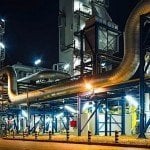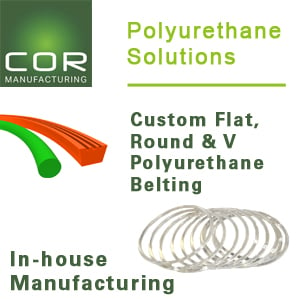How Innovative “WtE” Technologies are Reshaping Our Approach to Environmental Management and Greener Energy Technology.
As governments and industries grapple with the twin challenges of waste management and greener energy production — and just energy production in general — waste-to-energy (WtE) technologies are emerging as a leading opportunity for significant efficiency.
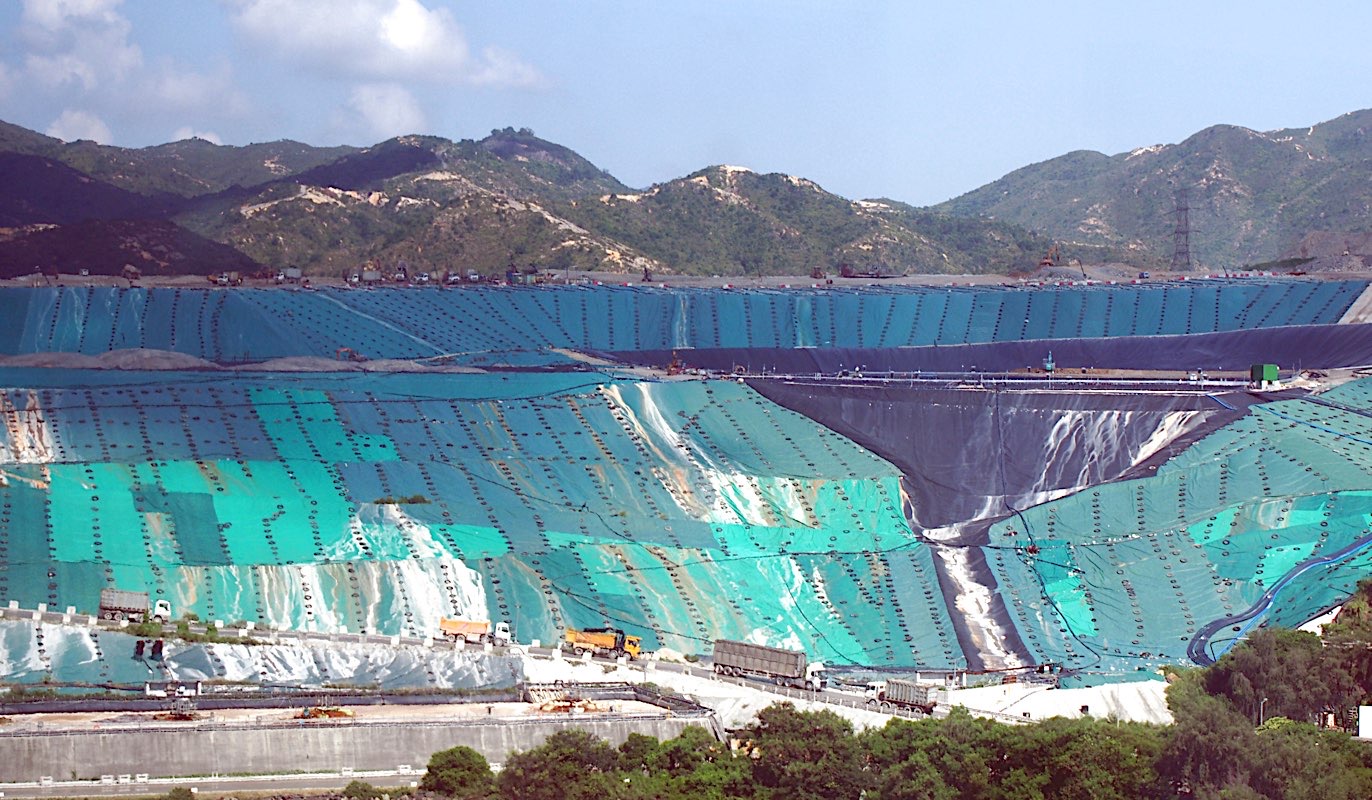
By converting waste materials into usable energy, these technologies offer a sustainable solution that addresses both environmental and energy concerns. This blog post delves into the transformative impact of waste-to-energy technologies on waste management and energy production, exploring their benefits, challenges, and future potential.1
The Concept of Waste-to-Energy
Waste-to-energy technologies encompass a range of processes that convert various types of waste into energy in the form of electricity, heat, or fuel. These technologies harness the energy content of waste materials, which would otherwise be destined for landfills or incineration without energy recovery. The primary methods of waste-to-energy conversion include incineration, gasification, pyrolysis, anaerobic digestion, and landfill gas recovery.2
Incineration
Incineration is one of the oldest and most widely used waste-to-energy technologies. It involves burning waste at high temperatures to produce heat, which can then be used to generate electricity or provide district heating. Modern incineration plants are equipped with advanced pollution control systems that minimize emissions and capture valuable byproducts such as metals and ash.3
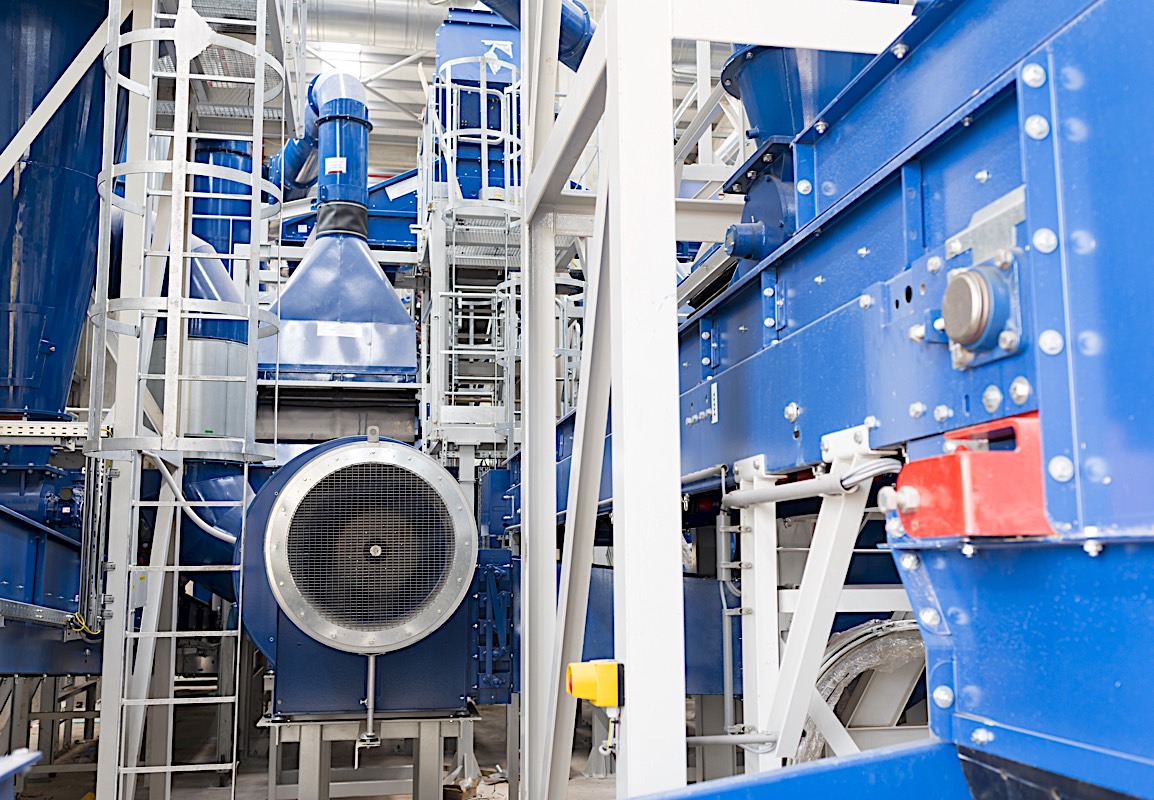
Gasification
Gasification is a thermochemical process that converts organic waste materials into syngas, a mixture of hydrogen, carbon monoxide, and other gases. The syngas can be used to generate electricity, produce synthetic fuels, or serve as a feedstock for chemical production. Gasification offers greater flexibility and efficiency compared to traditional incineration and can process a wider range of waste materials.4
Pyrolysis
Pyrolysis is another thermochemical process that decomposes organic waste materials in the absence of oxygen. The resulting products include bio-oil, syngas, and char, all of which can be used as energy sources or raw materials for further processing. Pyrolysis is particularly suited for converting plastics and other complex waste materials into valuable resources.5
Anaerobic Digestion
Anaerobic digestion is a biological process that breaks down organic waste materials, such as food waste and agricultural residues, in the absence of oxygen. The process produces biogas, a mixture of methane and carbon dioxide, which can be used to generate electricity or heat. The remaining digestate can be used as a nutrient-rich fertilizer, making anaerobic digestion a versatile and eco-friendly waste-to-energy technology.6
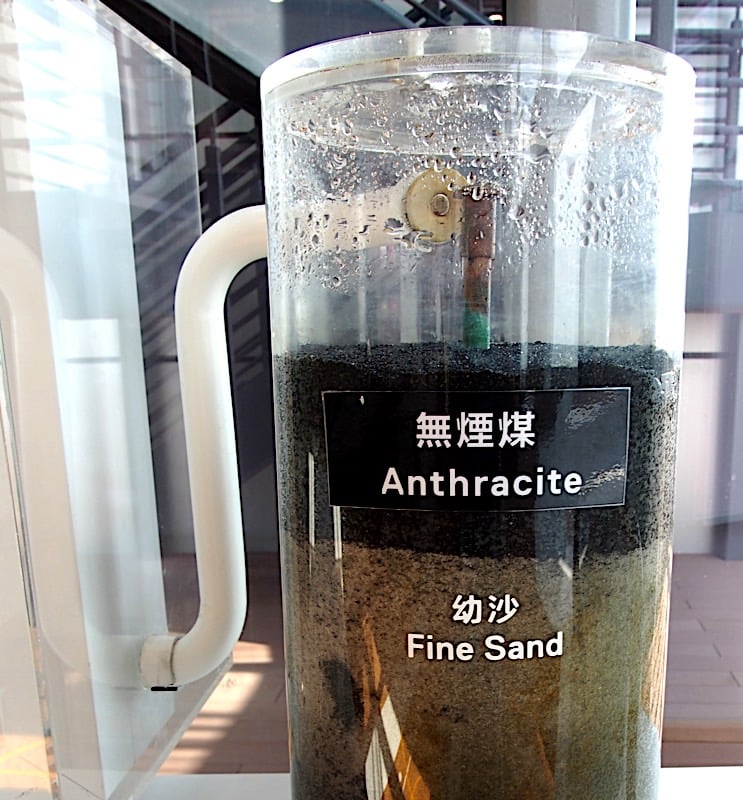
Landfill Gas Recovery
Landfill gas recovery involves capturing methane emissions from decomposing waste in landfills and converting them into energy. Methane is a potent greenhouse gas, and its capture and utilization can significantly reduce the environmental impact of landfills. The recovered gas can be used to generate electricity, heat, or even as a vehicle fuel.7
Transforming Waste Management
Waste-to-energy technologies are revolutionizing waste management by offering an alternative to traditional disposal methods such as landfilling and simple incineration. These technologies provide several key benefits:8
Reducing Landfill Dependence
Landfills are a major source of environmental pollution, emitting greenhouse gases and leaching harmful chemicals into the soil and groundwater. Waste-to-energy technologies divert waste from landfills, reducing the need for new landfill sites and mitigating their environmental impact.9
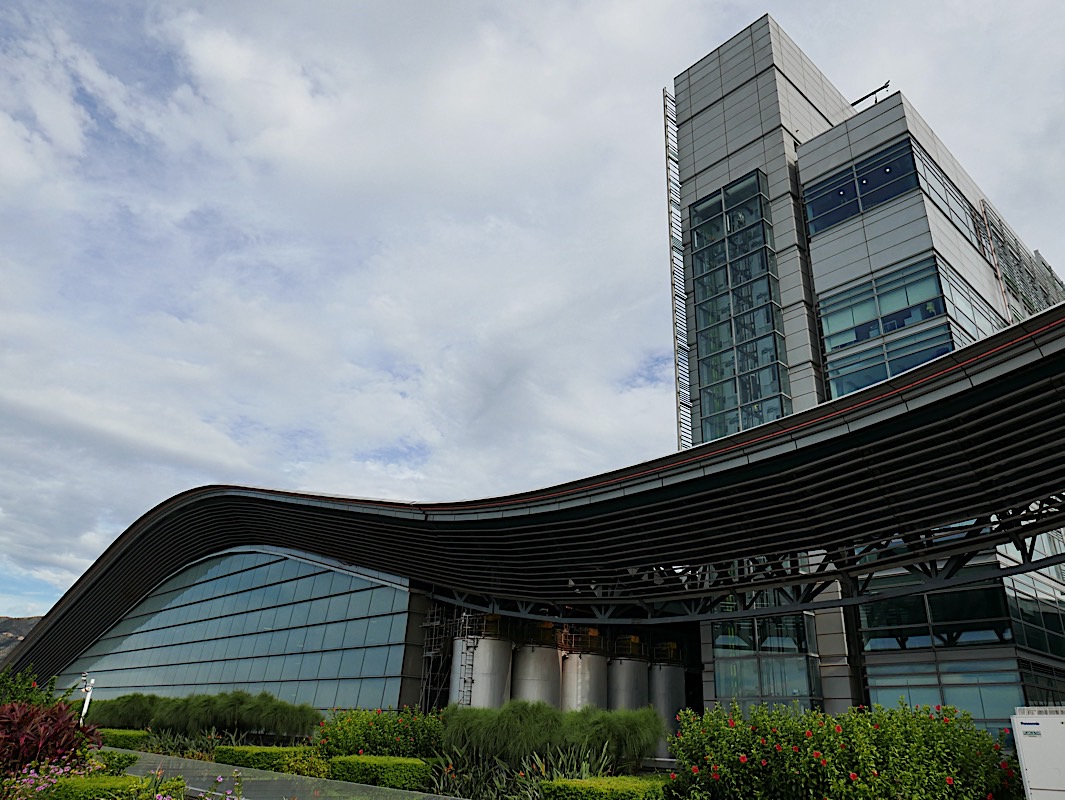
Minimizing Waste Volume
WtE technologies significantly reduce the volume of waste that needs to be disposed of. For instance, incineration can reduce waste volume by up to 90%, while gasification and pyrolysis produce only small amounts of residual ash. This volume reduction helps alleviate the pressure on existing waste management infrastructure.10
Recovering Valuable Materials
Many WtE processes enable the recovery of valuable materials from waste, such as metals and nutrients. This not only helps conserve natural resources but also creates economic opportunities through the sale of recovered materials.11
Promoting Circular Economy
By converting waste into valuable energy and materials, WtE technologies support the principles of a circular economy, where resources are continuously reused and recycled. This reduces the need for virgin materials and minimizes waste generation, contributing to a more sustainable and resilient economy.12
Enhancing Energy Production
Waste-to-energy technologies not only improve waste management but also play a crucial role in enhancing energy production. They provide several advantages over traditional energy sources:13
Renewable Energy Source
Many waste materials, such as organic waste and biomass, are considered renewable resources. By converting these materials into energy, WtE technologies contribute to the generation of renewable energy, reducing reliance on fossil fuels and lowering greenhouse gas emissions.14
Distributed Energy Generation
WtE facilities can be located close to the sources of waste generation, enabling distributed energy generation. This reduces the need for long-distance energy transmission, minimizes energy losses, and enhances the resilience of the energy grid.15
Base Load Power Supply
Unlike some renewable energy sources, such as solar and wind, WtE technologies can provide a stable and continuous supply of energy, known as base load power. This makes them a reliable complement to intermittent renewable energy sources, ensuring a steady and dependable energy supply.16
Energy Security
By diversifying the energy mix and reducing dependence on imported fuels, WtE technologies enhance energy security. They provide a domestically available and sustainable energy source that can help stabilize energy prices and ensure a reliable energy supply.17
Challenges and Considerations
Despite their numerous benefits, waste-to-energy technologies face several challenges and considerations that need to be addressed for their widespread adoption:18
Environmental Concerns
While modern WtE facilities are equipped with advanced pollution control systems, there are still concerns about emissions of pollutants such as dioxins, furans, and heavy metals. Continuous monitoring and stringent regulations are essential to ensure that WtE plants operate within safe environmental limits.19
Economic Viability
The initial investment and operational costs of WtE facilities can be high, making them less economically viable compared to traditional waste disposal methods. Financial incentives, government support, and innovative business models are needed to make WtE technologies more attractive to investors and municipalities.20
Public Perception
Public perception and acceptance of WtE technologies can be a barrier to their implementation. Concerns about emissions, health impacts, and the visual impact of WtE plants need to be addressed through transparent communication, community engagement, and education.21
Waste Quality and Availability
The efficiency and effectiveness of WtE technologies depend on the quality and availability of waste feedstock. Variations in waste composition and supply can impact the performance of WtE plants. Strategies for waste segregation, collection, and preprocessing are essential to ensure a consistent and suitable waste stream for energy conversion.22
The Future of Waste-to-Energy Technologies
The future of waste-to-energy technologies looks promising, with ongoing advancements and innovations paving the way for more efficient and sustainable waste management and energy production solutions. Some key trends and developments include:23
Integration with Renewable Energy Systems
There is a growing interest in integrating WtE technologies with other renewable energy systems, such as solar and wind, to create hybrid energy solutions. This can enhance the overall efficiency and reliability of renewable energy generation while providing a continuous energy supply.24
Advanced Conversion Technologies
Research and development efforts are focused on improving the efficiency and environmental performance of WtE technologies. Innovations in catalysts, reactors, and process optimization are expected to enhance the conversion efficiency and reduce emissions from WtE plants.25
Digitalization and Automation
The adoption of digital technologies and automation in WtE facilities can improve operational efficiency, reduce costs, and enhance environmental monitoring. Smart sensors, data analytics, and artificial intelligence can optimize waste processing, energy generation, and emissions control.26
Policy and Regulatory Support
Supportive policies and regulations are crucial for the growth of WtE technologies. Governments can play a key role by providing financial incentives, setting renewable energy targets, and implementing stringent environmental standards to promote the adoption of WtE solutions.27
Conclusion
Waste-to-energy technologies are transforming the way we manage waste and produce energy, offering a sustainable solution to some of the most pressing environmental and energy challenges. By converting waste into valuable energy and materials, these technologies support a circular economy, enhance renewable energy generation, and reduce the environmental impact of waste disposal. While there are challenges to overcome, continued advancements and supportive policies will pave the way for the widespread adoption of waste-to-energy technologies, contributing to a cleaner, greener, and more sustainable future.28
Footnotes and Citations
- Waste to Energy Systems, by Paul Breeze
- Waste-to-Energy: Technologies and Project Implementation, by Marc J. Rogoff and Francois Screve
- Waste Incineration and Public Health, by National Research Council
- Gaseous Waste Management and Air Pollution Control, by John H. Tew
- Pyrolysis of Municipal Wastes, by Luis Puigjaner
- Biogas Technology, by Dieter Deublein and Angelika Steinhauser
- Landfill Gas to Energy: Technologies and Challenges, by Morton A. Barlaz
- Solid Waste Technology & Management, by Thomas Christensen
- Handbook of Environment and Waste Management: Air and Water Pollution Control, by Yung-Tse Hung, Lawrence K. Wang, and Nazih K. Shammas
- Waste-to-Energy: A Review of the Literature, by David B. South
- Waste Recycling and Resource Recovery, by M. J. P. Huber
- Handbook of Recycled Concrete and Demolition Waste, by Fernando Pacheco-Torgal
- Renewable Energy: Power for a Sustainable Future, edited by Godfrey Boyle
- Renewable Energy Systems: A Smart Energy Systems Approach to the Choice and Modeling of 100% Renewable Solutions, by Henrik Lund
- Distributed Energy Resources: Fundamentals and Current Practices, by Fereidoon Sioshansi
- Renewable Energy: A Primer for the Twenty-First Century, by Bruce Usher
- Energy Policy: An Introduction, by Tony Wright
- Green Technologies for Sustainable Production: A Guide to Waste to Energy Solutions, by Chinnappan Baskar
- Environmental Science: Earth as a Living Planet, by Daniel B. Botkin and Edward A. Keller
- Cost-Benefit Analysis of Waste to Energy, by Carol A. Dahl
- Energy Economics: Concepts, Issues, Markets and Governance, by Subhes Bhattacharyya
- Waste Management Practices: Municipal, Hazardous, and Industrial, by John Pichtel
- Advances in Waste Management: Waste Management Practices in Developing Countries, edited by Ashok K. Rathoure
- Hybrid Renewable Energy Systems: Modelling, Design, and Optimization, by Mehdi Rahmani-Andebili
- Sustainable Energy Solutions in Agriculture, edited by Jochen Bundschuh
- Energy and Environment: Multidisciplinary Advances, by Yeping Wang
- Sustainable Energy: Choosing Among Options, by Jefferson W. Tester
- Renewable Energy: Power for a Sustainable Future, edited by Godfrey Boyle

